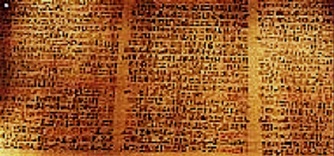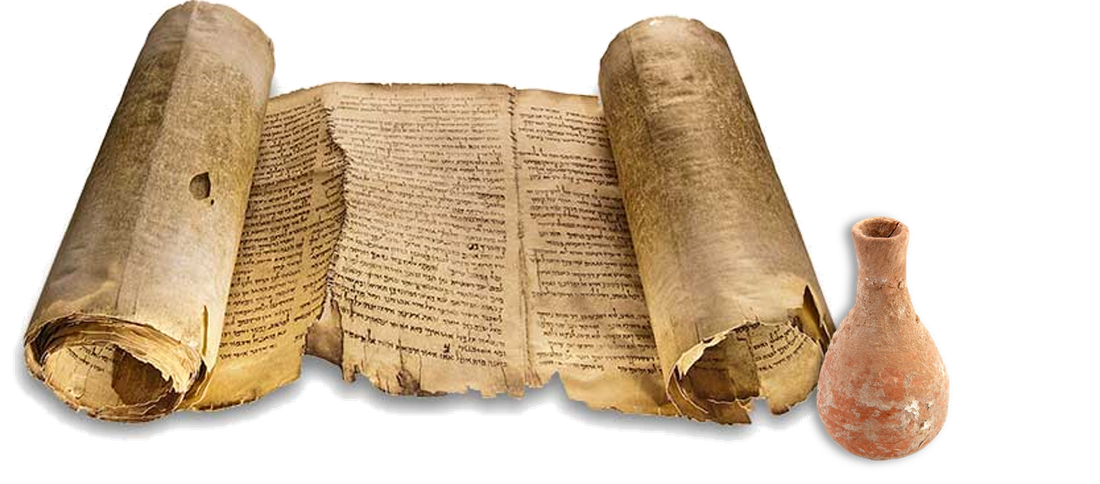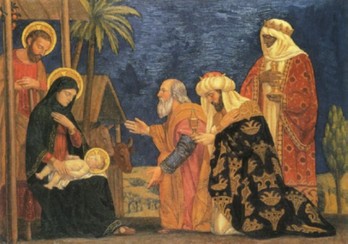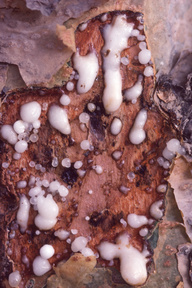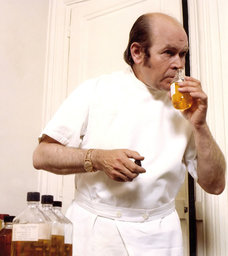|
. |
Ancient EgyptEssential oils are gaining worldwide recognition for their versatility, but their use is not new. The use of botanicals as healing agents is a long-standing practice throughout human history. In fact, essential oils and other botanicals have been used in wellness practices as early as at least 5,000 years ago by the Egyptians. Essential oils were used as Egyptian medicine and used in the burial of rulers and pharaohs. One of the first recognized compilations by ancient healers is called the Ebers Papyrus. Although it dates from approximately 1,500 B.C., it is believed to have been copied from earlier texts. The scroll contains recipes, ceremonies, and other information that Egyptians deemed worthy of preservation.
The most famous Egyptian use of aromatic botanicals is in mummification. In preparing the bodies of the deceased for burial, embalmers used various botanicals such as cinnamon, resins such as frankincense and myrrh, and an early form of cedar or juniper essential oil. In 1922, when King Tut's tomb was opened, 350 liters of essential oils were discovered in 50 alabaster jars. Tomb robbers had stolen nearly all of the precious oil but left behind the heavy jugs. When the oil residues were tested they were found to have maintained all of their chemical constituents for more than 3200 years! Bible ReferencesThe Genesis account of creation places the first man and woman in a garden -- where they would live and breathe the aromatic oils of plants in the atmosphere continuously night and day. The consumption of these plants, including the tree of life, was the perfect food for paradise. Ezekial 47:12 references that fruit trees had two purposes: "Their fruit will serve as food and their leaves for healing."
There are at least 500 references in the Bible to essential oils or the aromatic oil-producing plants from which essential oils were obtained, including at least 33 species. These included:
Evidently the Israelites commonly used plant essential oils for medicinal purposes. In the law of Moses, God commanded a holy anointing oil mixture with a specific recipe of essential oils of myrrh, cinnamon, calamus, cassia, and olive oil be utilized solely by the priests -- it was not to be copied for ordinary household use. (Exodus 30:22-33) Immediately following this instruction, God gave the recipe for a holy incense offering which was composed of equal parts of gum resin (probably from myrrh), onycha, galbanum, and pure frankincense. (Exodus 30:34-38) Moving into the New Testament times, the baby Jesus was brought gifts of essential oils of frankincense and myrrh as a child by the Magi from the East. At the time Jesus is thought to have been born, frankincense and myrrh may have been worth more than the third gift presented by the wise men: gold. According to Dr. Ann Tobin, balsam fir oil might have been the "liquid" gold presented to the Christ child. It's one of the three oils fround in King Tut's tomb. Over the centuries it has been used traditionally for respiratory ailments and musculoskeletal pain -- calming coughs, providing support for respiratory issues, and giving a boost to mood and energy. It was inhaled, diffused, and applied directly to the skin. Myrrh is distilled from the tree's dried resin and is considered one of the oldest oils. In ancient times it was commonly used for embalming, but also during childbirth to prevent infection, in skin condition, and for oral hygiene. Due to its sticky nature it was usually mixed with a carrier oil -- normally olive oil. Frankincense, distilled from the resin of the frankincense tree, was one of the most treasured oils of ancient times. It was traditionally used as a general medicinal -- as an analgesic (pain reliever), for respiratory conditions , for headaches, and in cosmetics to improve the skin. Frankincense was charred and ground into a power to make the heavy kohl eyeliner Egyptian women famously wore. Both frankincense and myrrh have been traded in the Middle East and North Africa for upwards of 5,000 years. It is believed that the Babylonians and Assyrians burned them during religious ceremonies. The ancient Egyptians bought entire boatloads of the resins from the Phoenicians, using them in incense, insect repellent, perfume and salves for wounds and sores; they were also key ingredients in the embalming process. Sacks of frankincense and potted saplings of myrrh-producing trees appear in murals decorating the walls of a temple dedicated to Queen Hatshepsut, who ruled Egypt for roughly two decades until her death around 480 B.C. A very interesting, short video on Frankincense oil produced by Young Living Essential Oils is available to the left.
An article on frankincense and myrrh and the current research on these two amazing oils is available from the History channel Web site. The practice of using oils was ingrained in the early church of the New Testament. The letter written in the first century A.D. by James ndicates that elders of the early church used oils in conjunction with prayer when called upon by a sick person" to facilitate their healing (James 5:14-15). Modern AromatherapyWhat we know as modern “aromatherapy” was not introduced formally until French chemist Rene Maurice Gattefosse first coined the phrase in 1937. Although he wasn’t necessarily a natural health advocate, he became interested in essential oils ater a 1910 accident where he badly burned his hand. Gatteosse used the first available salve in his laboratory, a pure, undiluted lavender oil compound that not only immediately eased the pain, but healed his injury without infection or scar.
Because of Gattefosse’s work, Dr. Jean Valet used essential oils to treat injured soldiers in World War II. This led to Marguerite Maury being the first person to “individually prescribe” essential oil combinations using a Tibetan technique for back massage that treated nerve endings along the spine. NEXT --> Essential Oils 101: Oils & the Human Body |
AnointingTouch.

